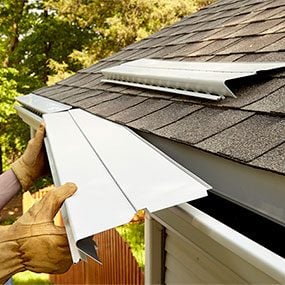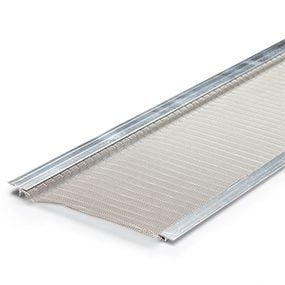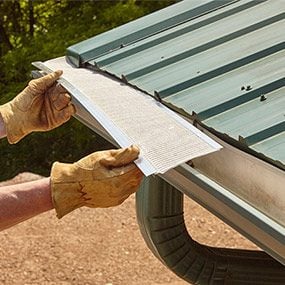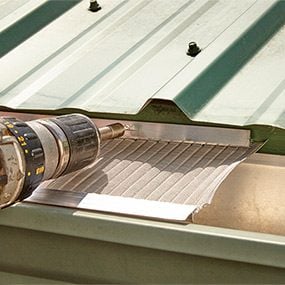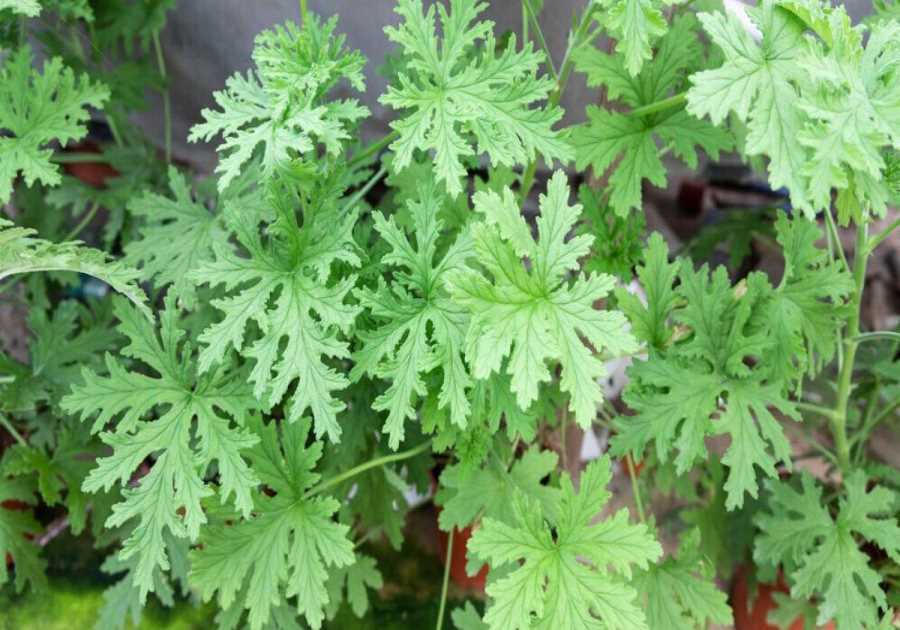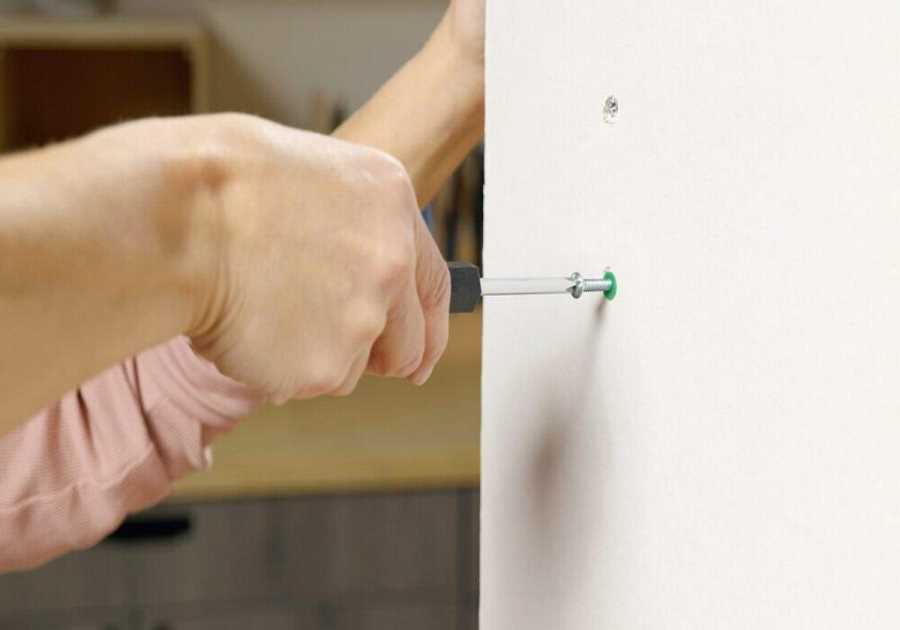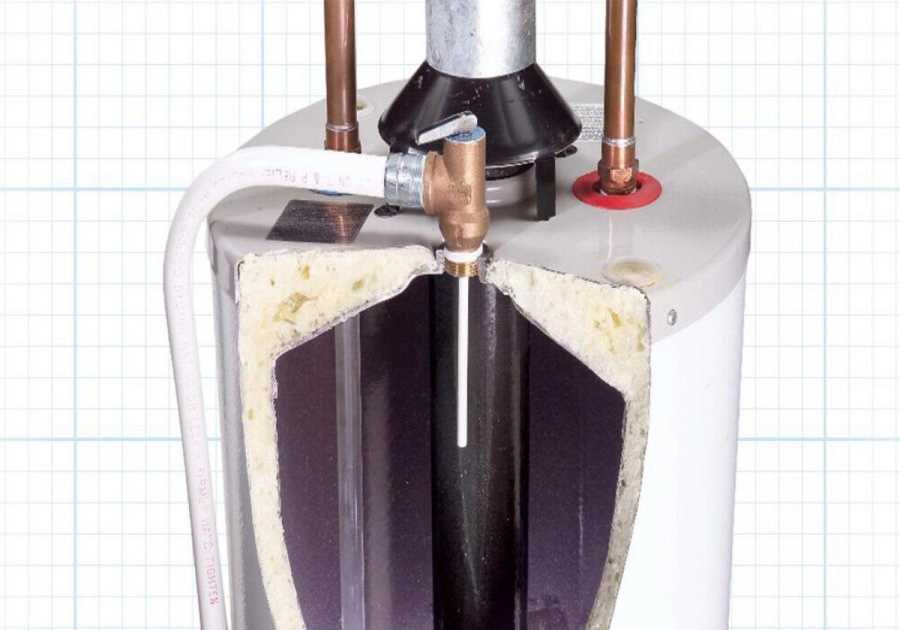What Are Gutter Guards and How Do They Work?
Gutter guards (aka leaf guard gutters) are covers for your gutters. They catch leaves and other large debris that tend to clog your gutters and cause them to overflow. Guards come in several materials, each with its pros and cons.
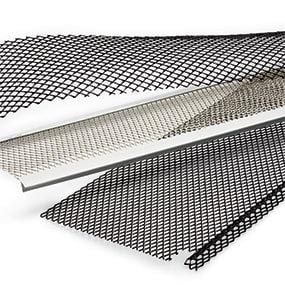
Screens
Screens are the most common type of gutter guards. They come in a wide variety of shapes and materials and can be installed a few ways. Screens work well in situations where leaves are the main problem.
However, screen openings are large enough to let in seeds and pine needles. Plus, some of that debris can get entangled and isn’t easily brushed or blown off, so cleaning the screens may require removing them. So if you find lots of seeds or needles in your gutters, screens may help, but don’t expect them to eliminate gutter chores.
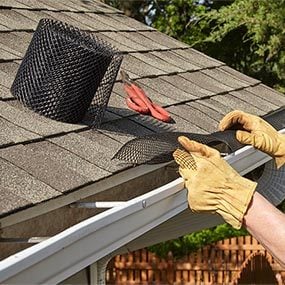
Simple to install
Plastic drop-in screens like this are super easy to install. Just cut them into sections and wedge them into place between the gutter and the fascia — no fastening necessary.
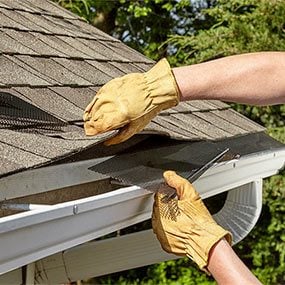
Slide under the shingles
Carefully lift the shingles. Try to install the screen between the shingles and the underlayment or between two layers of shingles. Don’t install under the underlayment.
" duration="400" poster="https://www.familyhandyman.com/wp-content/uploads/2019/04/Gutter-Guard-FH15SEP_561_53_014.jpg" data-portal-copyright="Family Handyman">
Screens are the easiest kind of leaf guard to install with gutters. Some can be slid up under the shingles, ideal because the screen will angle downward and allow debris to slide off the roof. Other screens are an easy-on gutter guard and just drop in — a good choice if you have old, brittle shingles, or a shingle type other than asphalt that can’t be pried up.
With these guards, water clings to the rounded nose of the guard and flows into the gutter, while leaves and other debris fall off over the edge. Surface-tension guards work well with leaves and other large debris. Small debris sometimes gets in, but usually washes out the downspouts without a problem.
This type of easy-on gutter guard only works if the leaf guard is installed at an angle similar to the slope of the roof and the gutters. This isn’t always possible on long gutter runs because the gutters need to be pitched so the water flows to the downspouts, which means one end will need to be hung high.
If you install surface-tension guards on gutters mounted high on the fascia, they will cause debris dams and allow more junk inside the gutter.
Surface-tension gutter guards are more visible than other styles, and water can shoot over them in heavy downpours. However, if they’re installed correctly, the amount of debris that enters the gutter is usually small enough to be washed away. The solid surface of the guards can be cleaned with an occasional spraying with a garden hose.
You can install some fine-mesh guards under the shingles. For added strength, bend the back up and fasten it to the fascia and the gutter. This method strengthens the gutters themselves, making them hold up better to snow and ice avalanches, which are common with steel roofs in cold climates.
Fine-mesh guards function like screens, blocking all but the smallest debris. The tiny spaces in the mesh won’t clog with seeds and needles, but they can fill with small particles like shingle grit. These guards still need an occasional cleaning. But unlike screens, fine mesh is easy to blow or brush clean.
Fine-mesh products made with window-type screen material are easily damaged by ice and branches. The good ones are made from tough surgical stainless steel.
Pros
- Keeps everything out of the gutter;
- Higher-quality versions hold up to branches, snow, ice and strong winds;
- Easy to install;
- Can work with various roof types — shingles, shakes, steel, slate, tile, etc.;
- Good with old, brittle shingles;
- Can add strength to the gutters if installed flat;
- Easy to clean.
Cons
- Not widely available;
- Limited color choices;
- May need occasional maintenance/cleaning.
Prevent gutter clogs
These tips that can prevent gutter clogs, even if you don’t have gutter guards:
- Larger downspouts: Replacing 2- by 3-in. downspouts with 3- by 4-in. ones should wash away any debris that reaches the inside of your gutters.
- Rivets instead of screws: Debris can get hung up on the sharp tips of machine screws. Rivets don’t protrude as far and feature a more rounded end.
- Proper pitch: If your gutter doesn’t pitch toward the downspout, even the smallest amount of debris will accumulate.
Did you miss our previous article...





